Search results
file_example_OGG_480_1_7mg_0.ogg dp_adminaudio/ogg1.65 MB
dp_adminaudio/ogg1.65 MB
blueTest.png dp_adminimage/png67.12 KB
dp_adminimage/png67.12 KB
 dp_adminimage/png67.12 KB
dp_adminimage/png67.12 KB
dummy.docx dp_adminapplication/vnd.openxmlformats-officedocument.wordprocessingml.document3.98 KB
dp_adminapplication/vnd.openxmlformats-officedocument.wordprocessingml.document3.98 KB
orangeTest.png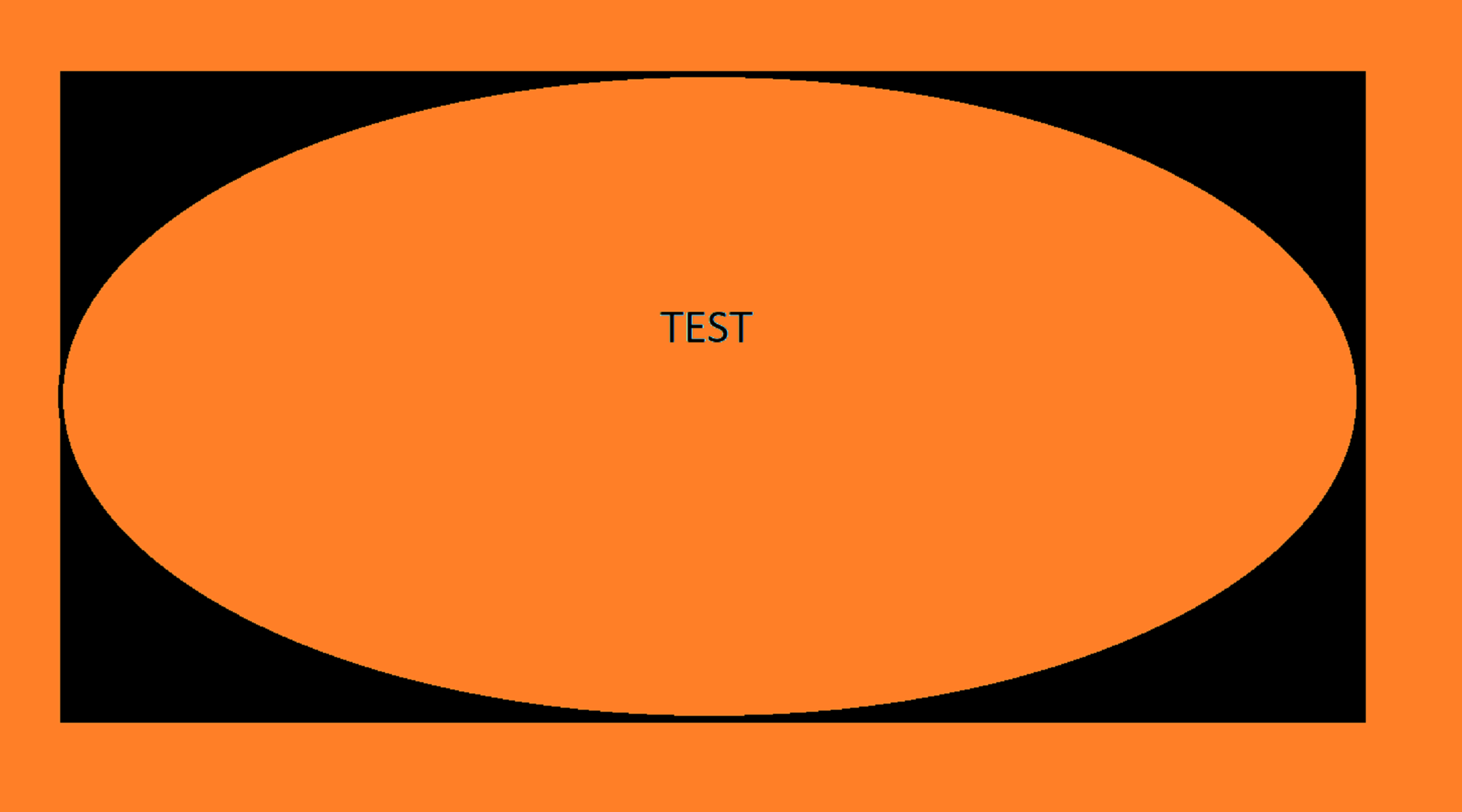 dp_adminimage/png55.58 KB
dp_adminimage/png55.58 KB
 dp_adminimage/png55.58 KB
dp_adminimage/png55.58 KB
skyBlueTest.png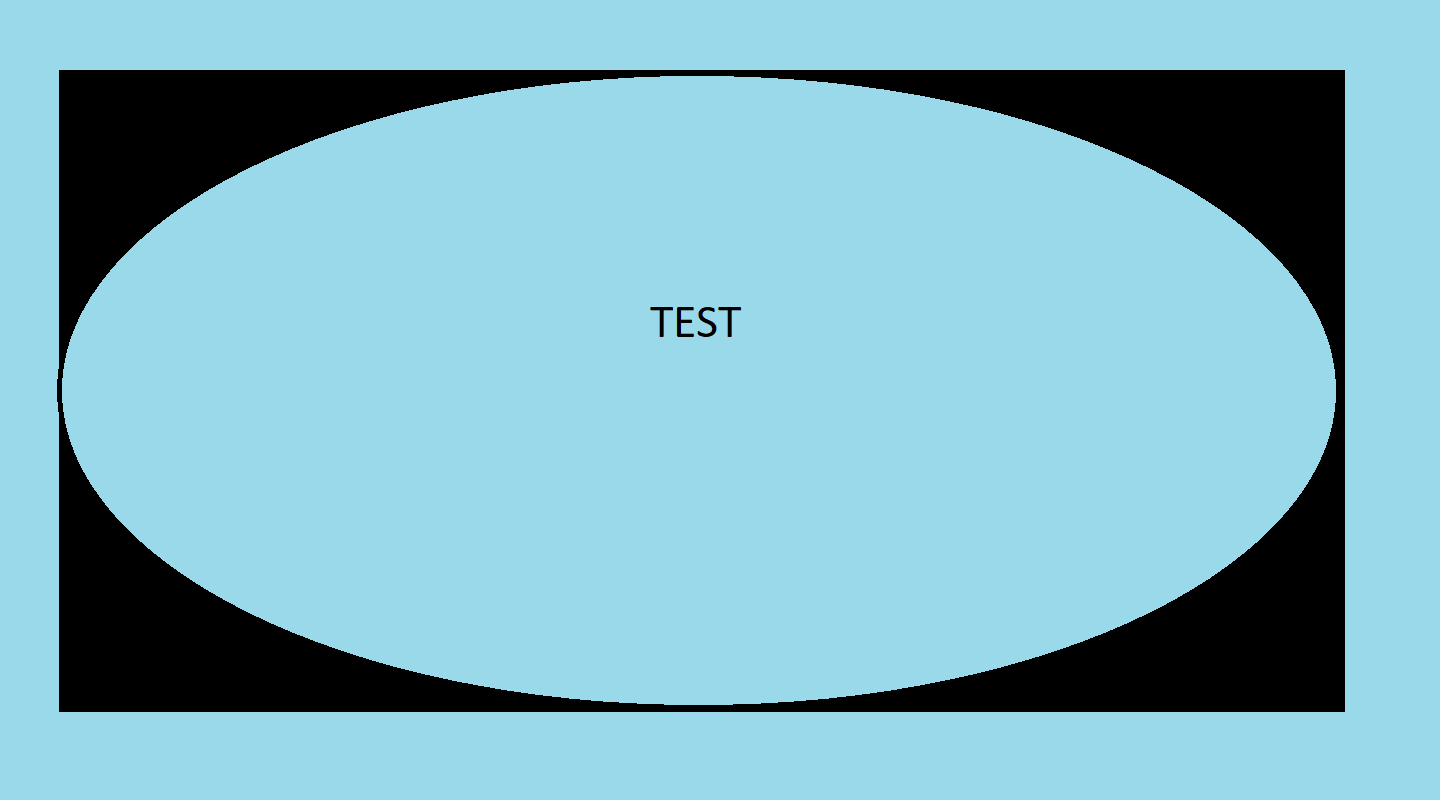 dp_adminimage/png9.77 KB
dp_adminimage/png9.77 KB
 dp_adminimage/png9.77 KB
dp_adminimage/png9.77 KB
Clients_4.png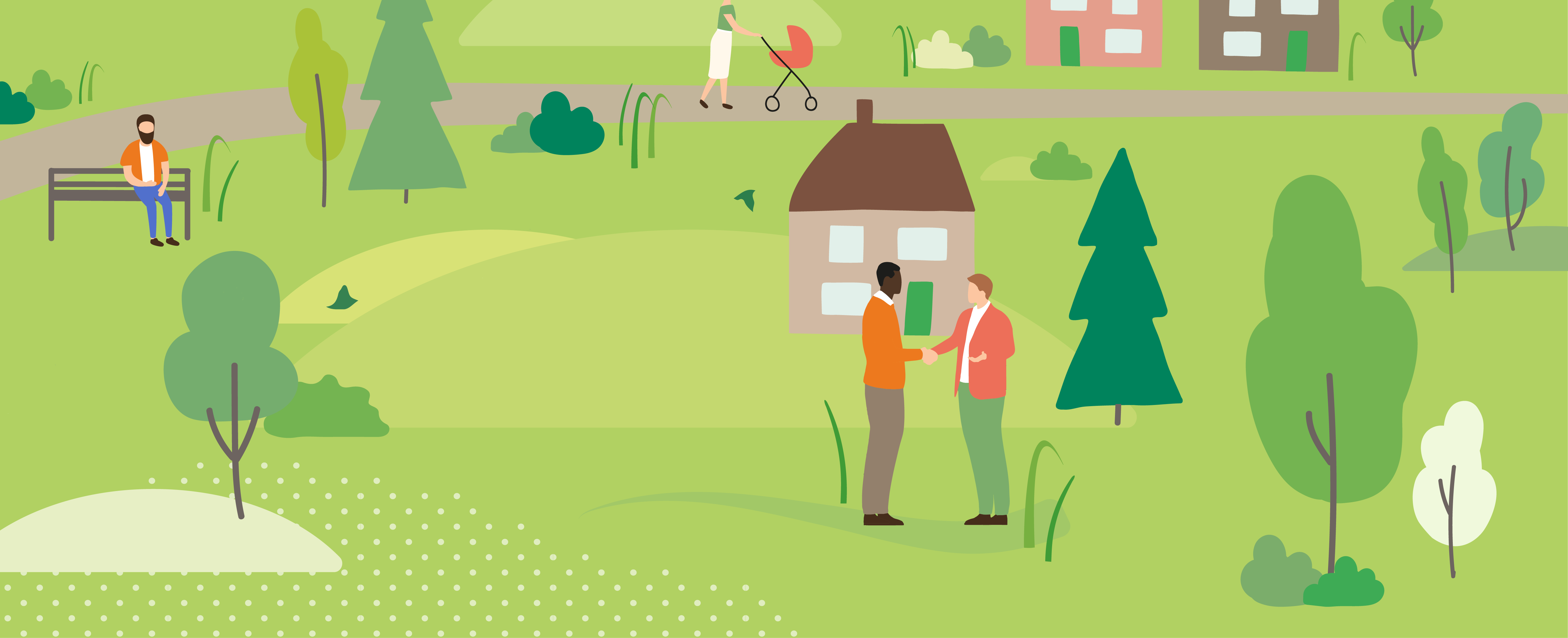 dp_adminimage/png354.53 KB
dp_adminimage/png354.53 KB
 dp_adminimage/png354.53 KB
dp_adminimage/png354.53 KB
c-cory-wolflady-notecard-set.jpg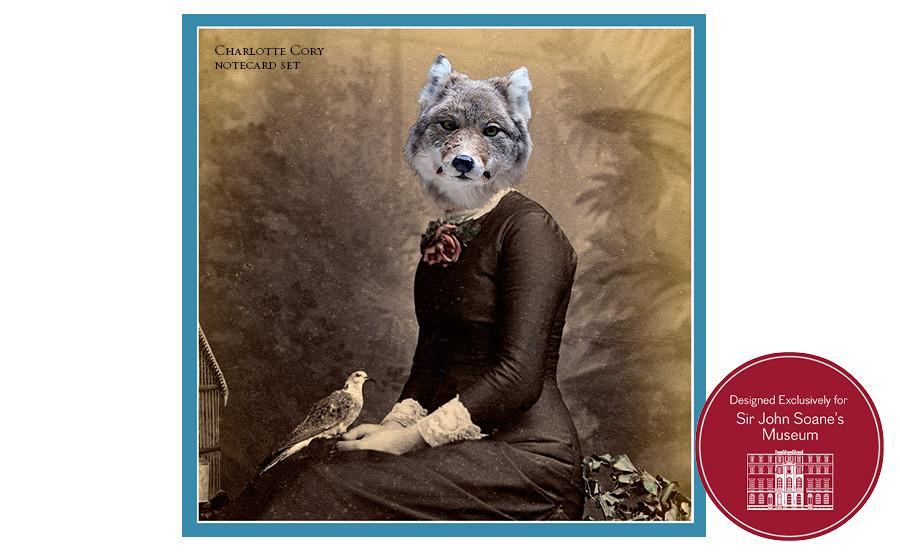 Anonymousimage/jpeg60.5 KB
Anonymousimage/jpeg60.5 KB
 Anonymousimage/jpeg60.5 KB
Anonymousimage/jpeg60.5 KB
greyTest.png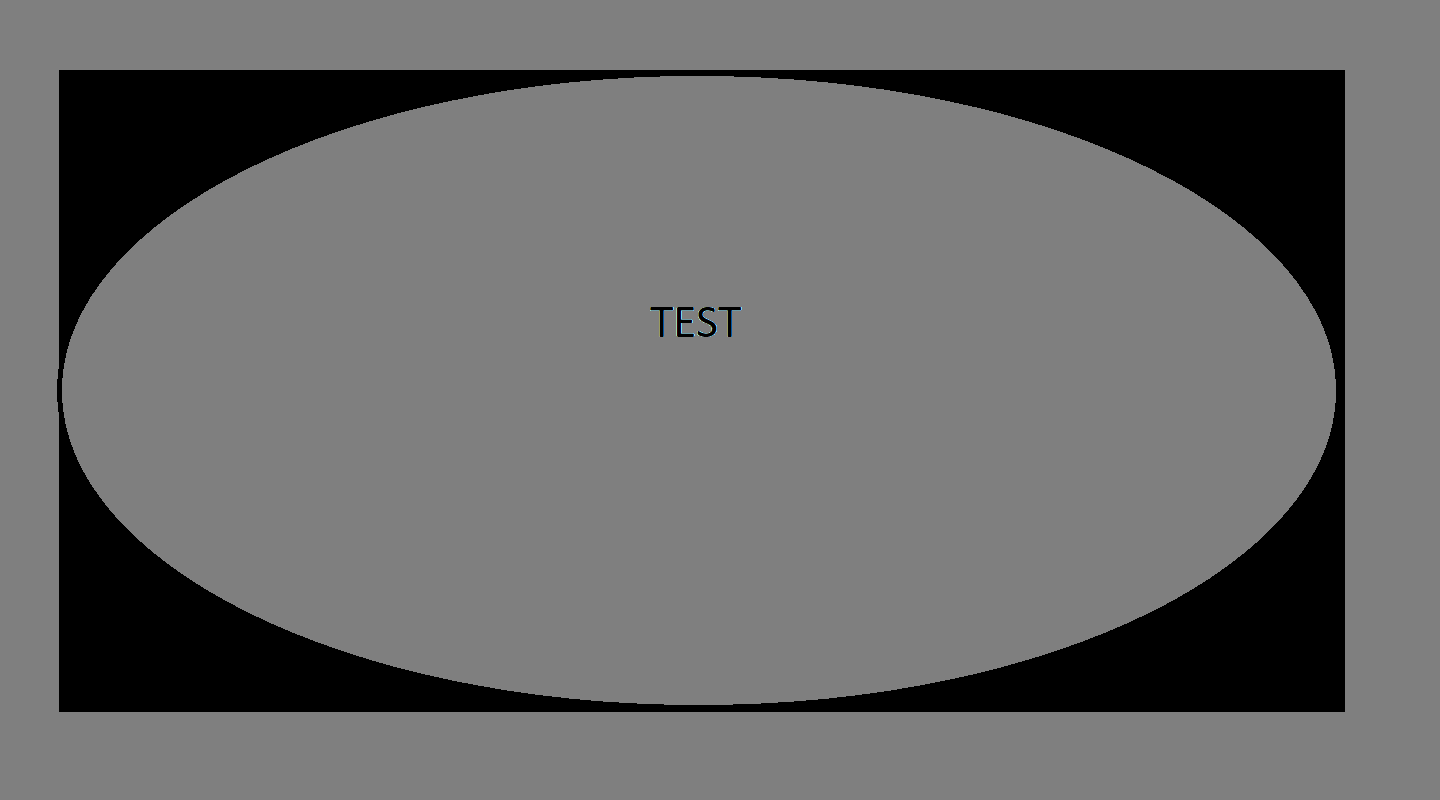 dp_adminimage/png9.94 KB
dp_adminimage/png9.94 KB
 dp_adminimage/png9.94 KB
dp_adminimage/png9.94 KB
3.jpg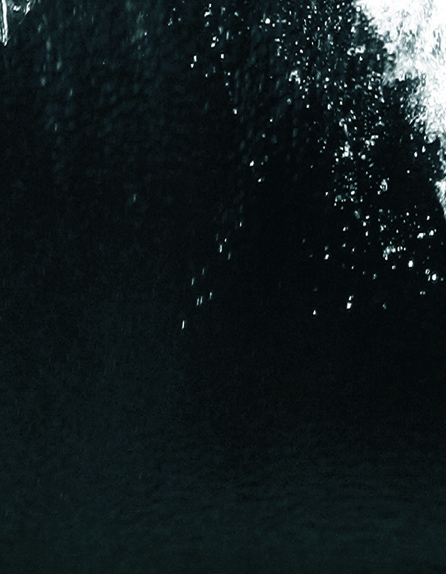 dp_adminimage/jpeg106.85 KB
dp_adminimage/jpeg106.85 KB
 dp_adminimage/jpeg106.85 KB
dp_adminimage/jpeg106.85 KB
sjsm-grave-teatowel2.jpg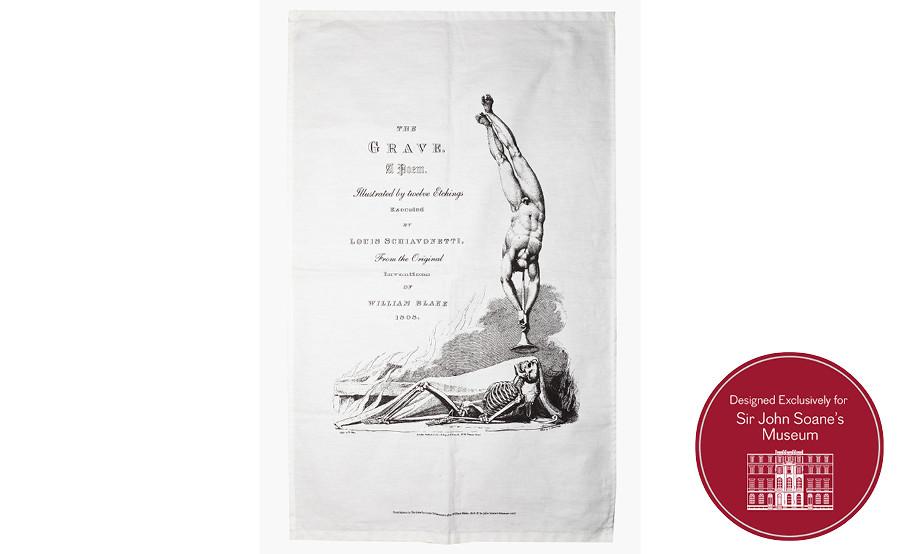 Kirstinimage/jpeg34.6 KB
Kirstinimage/jpeg34.6 KB
 Kirstinimage/jpeg34.6 KB
Kirstinimage/jpeg34.6 KB